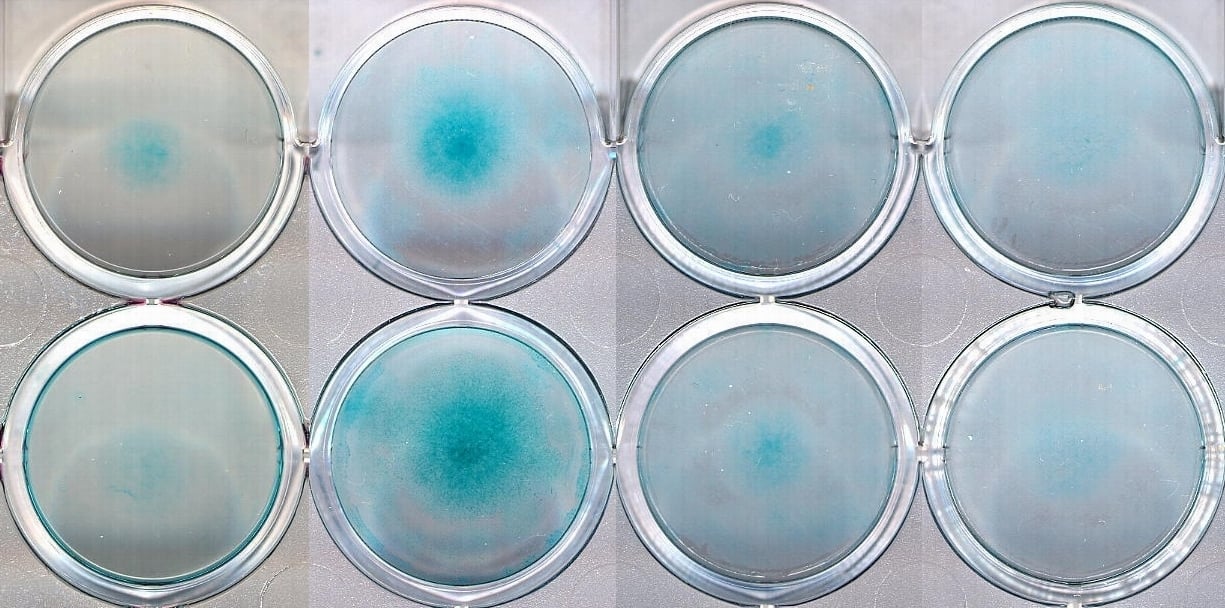| name | Alternative Tissue Engineering Approaches |
| Classification | Regenerative Medicine, Tissue Engineering |
| Pharmacokinetics | N/A - Tissue engineering approaches do not involve the ingestion or systemic absorption of a drug in the traditional sense. The pharmacokinetics of the materials used in the procedure (e.g., biomaterials) and the cells themselves (cellular interactions) are relevant, but are dependent on the specific technique and material employed. No single pharmacokinetic profile exists. |
| suggested dosage | N/A - This is a broad category of techniques, and the dosage is entirely dependent on the specific application and the approach utilized, including cell type, biomaterial, and scaffold, There is no standardized 'dosage' for alternative tissue engineering. |
| indications | | 1 | Repair or regeneration of damaged or diseased tissues and organs (e.g., cartilage, bone, heart, blood vessels, skin) | | 2 | Treatment of conditions such as osteoarthritis, bone defects, heart failure, chronic wounds, etc. | | 3 | Personalized medicine approaches for specific patient needs and conditions |
|
| Safety in pregnancy | N/A - Limited data available, as pregnancy considerations are highly dependent on the specific application. The use of cells or biomaterials during pregnancy requires careful assessment of the risks and benefits. |
| Safety in breastfeeding | N/A - Limited data available, as breastfeeding considerations are highly dependent on the specific application. The use of cells or biomaterials during breastfeeding requires careful assessment of the risks and benefits. |
| side effects | | 1 | Potential for infection at the site of implantation | | 2 | Adverse reactions to biomaterials (allergic reactions) | | 3 | Rejection of the implanted tissue/organ | | 4 | Formation of scar tissue or other complications | | 5 | Uneven regeneration/growth of engineered tissue | | 6 | Bleeding | | 7 | Pain | | 8 | Swelling | | 9 | Bruising | | 10 | Delayed wound healing | | 11 | Inconsistent integration with host tissue |
|
| alternatives | | 1 | Standard medical treatments for the condition being addressed (e.g., medication, surgery, physical therapy) | | 2 | Other regenerative medicine approaches (e.g., stem cell therapy, gene therapy) |
|
| contraindications | | 1 | Uncontrolled infections or immune deficiencies | | 2 | Unresolved bleeding disorders | | 3 | Known hypersensitivity to any of the materials used | | 4 | Lack of informed consent, patient agreement, and appropriate clinical supervision. |
|
| interactions | N/A - Interactions are highly dependent on the specific biomaterials and techniques used, and potential interactions with existing medical conditions or treatments must be carefully assessed. |
| warnings and precautions | | 1 | Careful selection of biomaterials and cell types based on patient history and potential complications | | 2 | Importance of rigorous testing and validation of engineered tissues before clinical use | | 3 | Need for ongoing monitoring and assessment of patient response after implementation | | 4 | Potential for adverse reactions needs thorough evaluation before applying the treatment | | 5 | Use of engineered tissue should be under supervision of qualified medical professionals and with complete risk disclosure | | 6 | Potential for long-term effects yet to be fully understood |
|
| additional informations | | 1 | Tissue engineering is a rapidly evolving field, and new techniques and materials are constantly being developed. | | 2 | The success of tissue engineering approaches depends heavily on factors such as the patient's overall health, the specific condition being treated, and the skill of the medical team. | | 3 | Cost and availability of tissue engineering techniques can vary widely. | | 4 | Ethical considerations regarding cell sourcing and treatment efficacy need to be taken into account |
|
| patient data | |

